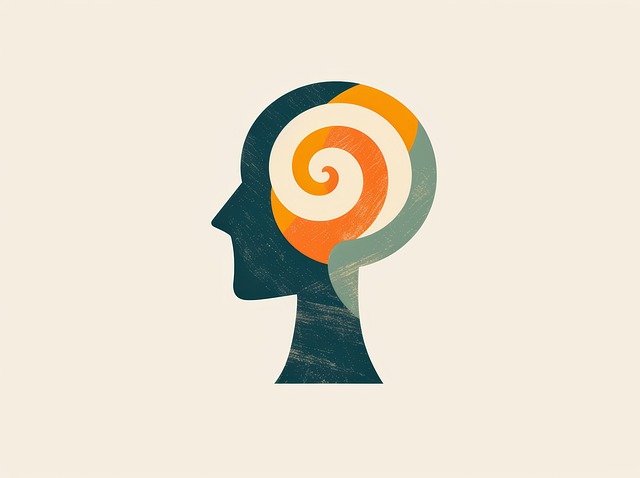Substance abuse is a complex issue exacerbated by co-occurring mental health conditions, which Somatic Experiencing (SET) therapy effectively addresses. This holistic approach focuses on the mind-body connection, recognizing that traumatic experiences manifest physically and contribute to cravings and relapse. SET equips adults with self-awareness exercises, stress reduction techniques, and mindfulness practices to process deep-seated issues, reduce stress, and enhance mental wellness. By addressing underlying trauma, this therapy fosters resilience against substance abuse for lasting recovery and improved quality of life. Incorporating SET alongside evidence-based treatments and burnout prevention strategies can lead to more effective outcomes for adults with substance use disorders (SUDs) across diverse populations.
Substance abuse poses significant risks, affecting physical and mental health, relationships, and overall well-being. Understanding these dangers is a crucial first step. This article explores comprehensive risk reduction strategies, with a focus on Somatic Experiencing Therapy—a holistic approach proven effective in adult treatment. We also delve into additional long-term solutions, offering valuable insights for navigating the challenges of substance abuse and fostering lasting recovery. Discover how these methods can pave the way for a healthier, safer future.
- Understanding Substance Abuse and Its Risks
- Somatic Experiencing Therapy: A Holistic Approach for Adult Treatment
- Additional Strategies for Long-Term Risk Mitigation
Understanding Substance Abuse and Its Risks

Substance abuse is a complex issue that goes beyond occasional misuse; it’s characterized by a persistent pattern of substance use despite harmful consequences. This behaviour can lead to severe physical and mental health problems, impacting every aspect of an individual’s life. Understanding these risks is the first step towards recovery. Substance abuse disorders often co-occur with other mental health conditions, such as depression or anxiety, further complicating the picture.
Therapy for adults, specifically somatic experiencing, has proven effective in addressing these challenges. This therapeutic approach focuses on the body’s response to traumatic experiences, helping individuals develop self-awareness exercises and stress reduction methods to manage their mood and reduce cravings. By combining insights from Somatic Experiencing with techniques like mindfulness and cognitive-behavioural therapy, adults struggling with substance abuse can gain valuable tools for long-term recovery and improved overall well-being.
Somatic Experiencing Therapy: A Holistic Approach for Adult Treatment

Somatic Experiencing Therapy (SET) is a holistic approach to treating adult substance abuse by focusing on the mind-body connection. This therapy recognizes that traumatic experiences often leave physical residuals that can trigger cravings and relapse. By incorporating mindfulness, movement, and empathy-building strategies, SET aims to help individuals process these deep-seated issues. Through various self-care practices, patients learn to regulate their emotions, reduce stress, and cultivate a sense of safety, ultimately enhancing their mental wellness.
The somatic approach is unique in that it addresses the bodily responses to trauma, which can be overlooked in traditional talk therapy. By engaging with the body, individuals can gain new insights into their behaviors and triggers, fostering a deeper understanding of themselves. This, in turn, enables them to develop more effective coping mechanisms and build resilience against substance abuse, promoting lasting recovery and improved quality of life.
Additional Strategies for Long-Term Risk Mitigation

In addition to evidence-based treatments like therapy for adults with substance use disorders (SUDs), incorporating holistic approaches can significantly contribute to long-term risk mitigation. Somatic Experiencing, a type of trauma therapy, has shown promise in helping individuals process and release deep-seated traumas that often underlie addictive behaviors. By addressing the root causes of distress, this therapeutic approach empowers clients to develop healthier coping mechanisms and reduce their vulnerability to substance abuse.
To further enhance risk reduction, healthcare providers should consider implementing burnout prevention strategies and cultural competency training within their practices. Stress management techniques, such as mindfulness and relaxation exercises, can help professionals maintain resilience against workplace pressures. Moreover, cultural competency training equips providers with the skills to offer tailored care to diverse patient populations, fostering a sense of trust and encouraging open communication—crucial elements in effective SUD treatment and long-term risk mitigation.
In addressing substance abuse, a multi-faceted approach is essential. While understanding the risks is a crucial first step, implementing strategies like Somatic Experiencing Therapy offers a holistic solution for adult treatment. Combining this with additional long-term risk mitigation tactics empowers individuals to lead healthier, more fulfilling lives. By integrating these methods, we can effectively navigate the challenges of substance abuse and foster recovery.








